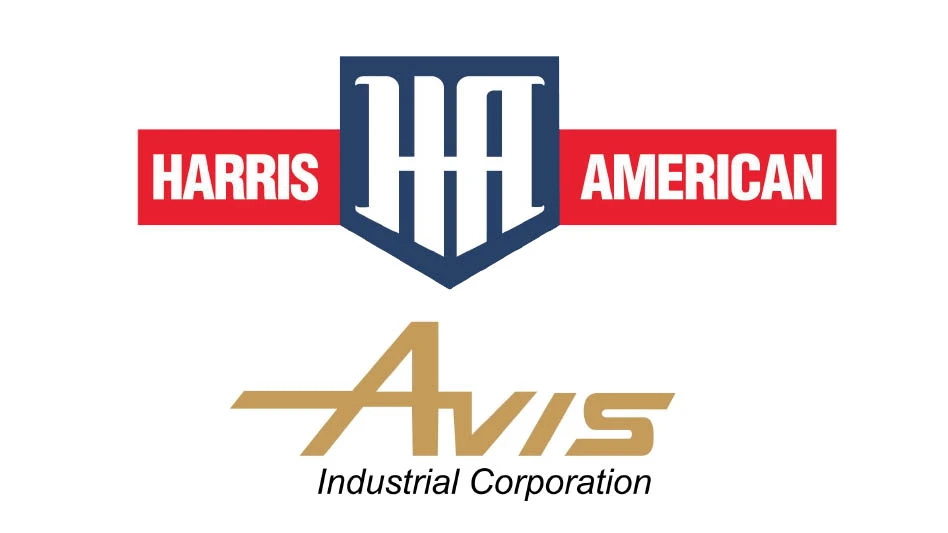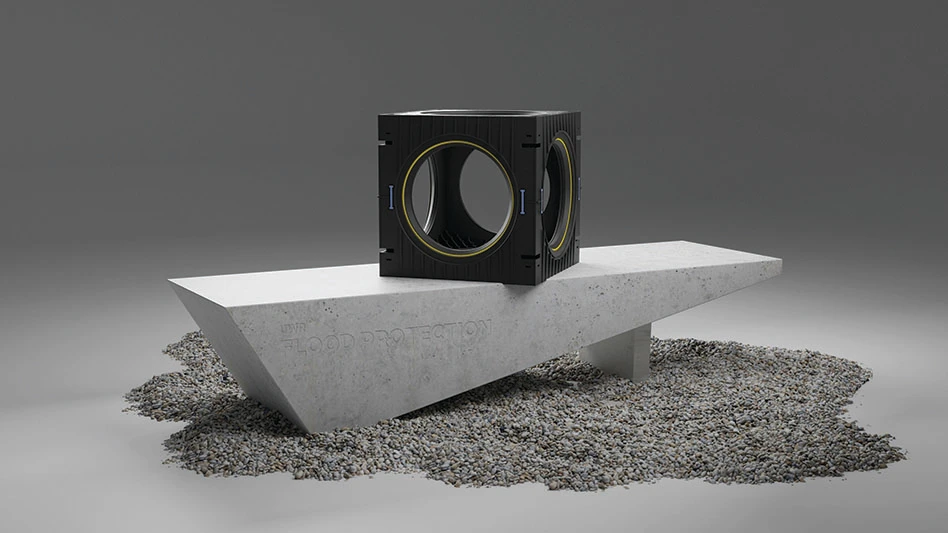
Auto shredders are very powerful machines, yet encountering just one unshreddable item can cause serious safety issues. Unshreddables include things such as big heavy castings, gasoline tanks or propane tanks. When an unshreddable enters a yard’s shredder, it could damage the machine and in certain cases lead to an explosion or fire.
“Unshreddables can do a lot of damage to your automobile shredder, and they are also a safety factor,” says Jim Stepanek, North America general sales manager at Metso Recycling, headquartered in Helsinki, with U.S. offices in San Antonio.
David Borsuk is a senior advisor to Fond du Lac, Wisconsin-based Sadoff Iron & Metal. He previously led regulatory, quality and environmental compliance for the company. Borsuk says objects like propane tanks, sealed gas containers and airbags have been culprits in explosions and fires at scrap yards. Additionally, he says scrap yards are seeing a growing number of fires and explosions caused by lithium-ion batteries.
In the past year, a few North American scrap yards have started to turn to preshredders to improve safety and efficiency at their main shredders. Stepanek says preshredders are especially advantageous in helping to detect unshreddables that could damage the main shredder or cause an explosion or other safety hazards.
“The preshredder takes a lot of burden off of the main shredder,” Stepanek says. “Your preshredder turns your main shredder into a finished shredder. You’re feeding preshredded materials without unshreddables,” he adds.
Prevent with a preshredder
Preshredders have been fairly common in Europe for about a decade. Stepanek says many of the auto shredders used in Europe are smaller than those typically used in the United States, so a preshredder is helpful in breaking down feedstock for the main shredder. European scrap yards also tend to be in more urban areas and face more regulations designed to minimize explosions.
While only a handful of North American scrap yards have added preshredders, Stepanek says interest in preshredders at U.S. scrap yards has grown in the last year.
“It’s a fairly strong market; people are looking at ways to make their operations more efficient,” he says.
Also, U.S. scrap yards are facing more regulations designed to minimize explosions and noise pollution. Preshredders are one tool to help reduce these risks.
In April, Wendt Corp., Buffalo, New York, unveiled the Wendt MTB EZR preshredder at the Institute of Scrap Recycling Industries (ISRI) 2019 Convention & Exposition in Los Angeles. The company developed it in conjunction with France-based MTB. Ethan Willard, business development manager at Wendt, says the company saw increased demand for preshredders in the last year and decided to come up with a solution.
“We were seeing demand go up quite a bit,” he says. “People are more interested in preshredders both because of stricter environmental regulations as well as safety concerns. The benefits of preshredders are starting to get out in North America.”
“You can’t make an assumption on what a yard will accept.” – David Borsuk, Sadoff Iron & Metal
Willard notes that preshredders run at much slower speeds than automobile shredders, so there are fewer opportunities for sparks or explosions to occur. With the preshredder’s slower speed, it’s also easier to detect and remove unshreddable materials. “The preshredder will allow you to see unshreddables before they cause damage in the car shredder.”
Additionally, Willard says preshredders are much less confined than traditional shredders, which also reduces the explosion risk.
Stepanek adds that Metso’s EtaRip preshredder uses sensors to identify unshreddables. The preshredder automatically will stop if it encounters an unshreddable. “It reverses itself, and you pull [the unshreddable] out of there so it doesn’t make it to the infeed conveyor to feed the auto shredder,” he says.
This year, Milliron Recycling, Mansfield, Ohio, became the first scrap yard in the U.S. to install Metso’s EtaRip preshredder. Stepanek says the preshredder has helped Milliron reduce the amount of abrasive material going into the auto shredder, which will help wear parts in its auto shredder last longer.
Ideally, a preshredder works best when placed next to the main shredder. In some situations where yard space is tight, a preshredder might need to be placed in a different area of the yard. In that case, Stepanek says cranes and conveyors can be used to move the preshredded material to the shredder.
Stepanek says a preshredder might not be the best fit for every scrap yard. However, if space is not a concern, he says preshredders will help in many situations: whether with unshreddables or explosions, spikes in electricity consumption or if wear parts are breaking regularly.
“If you can answer yes to those things, a preshredder offers benefits,” he says.
Practical policies and procedures
Another way to minimize the risk of explosions at the shredder is to revisit a yard’s material acceptance policy and to communicate it to suppliers.
“It’s important that recycling facilities communicate with their suppliers about what is acceptable and under what terms and conditions are materials acceptable,” Borsuk says. “You can’t make an assumption on what a yard will accept.”
In some cases, a scrap yard’s suppliers won’t be fully aware of which materials are unacceptable. If an unacceptable item comes to the yard out of supplier ignorance, it can pose safety risks.
Sponsored Content
Still relying on manual sorters?
Let AI do the heavy lifting. Waste Robotics delivers reliable, high-performance robots tailored for complex waste streams. They require minimal maintenance, are easy to operate, and are designed to boost your recovery rates. Smarter sorting starts with the right partner. Waste Expo Booth #1969 & REMA #2843
Click here to see our robots in action!“Some things are difficult to find,” Borsuk says. “Either they’re small—or it only takes one propane cylinder or one lithium-ion battery crushed in an auto body” to cause an incident. So, communication with suppliers about the yard’s material acceptance policy is very important.
Sadoff Iron & Metal has had a material acceptance policy as long as Borsuk can remember—and he’s been with the company for about 49 years. He recommends that scrap yards review their material acceptance policies annually or whenever necessary to ensure dangerous materials don’t end up at the facility.
“It’s something you can’t be complacent with,” he says.
Additionally, scrap companies need to constantly educate employees on how to handle unshreddables that enter their yards. Borsuk advises scrap yards to regularly host toolbox talks with employees to discuss how they should handle unacceptable items.
Each unacceptable item poses a different risk, so it’s important for scrap yard employees to learn about all these potential risks and how to identify them. Borsuk says yard employees also need to know the company’s procedures for removing these items safely from the scrap stream and how to recycle or dispose of them properly.
Borsuk says a propane tank might be handled differently from a lithium-ion battery, but the steps are generally the same for items that pose a potential danger: Identify the material, isolate it and dispose of or recycle it properly.
Get curated news on YOUR industry.
Enter your email to receive our newsletters.

Explore the May 2019 Issue
Check out more from this issue and find your next story to read.
Latest from Recycling Today
- Enfinite forms Hazardous & Specialty Waste Management Council
- Combined DRS, EPR legislation introduced in Rhode Island
- Eureka Recycling starts up newly upgraded MRF
- Reconomy Close the Gap campaign highlights need for circularity
- Nickel carbonate added to Aqua Metals’ portfolio
- EuRIC, FEAD say End-Of-Life Vehicle Regulation presents opportunity for recyclers
- Recyclers likely to feel effects of US-China trade war
- BCMRC 2025 session preview: Navigating battery recycling legislation and regulations








